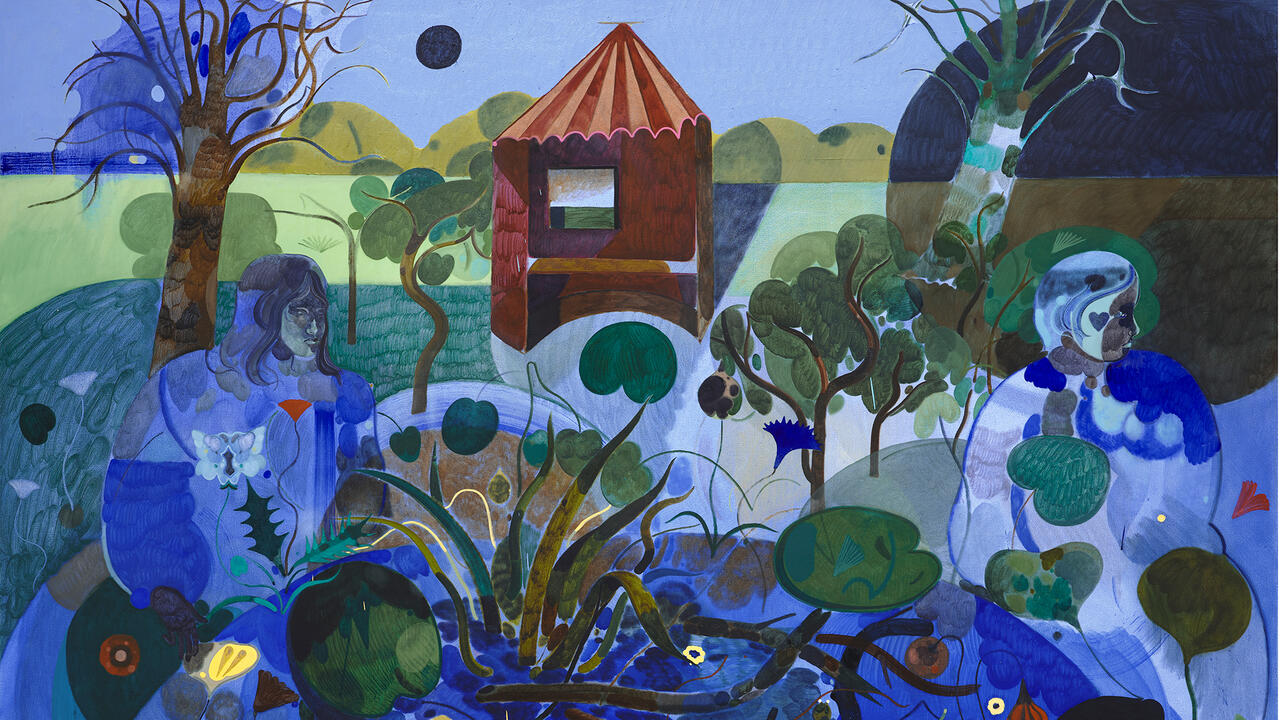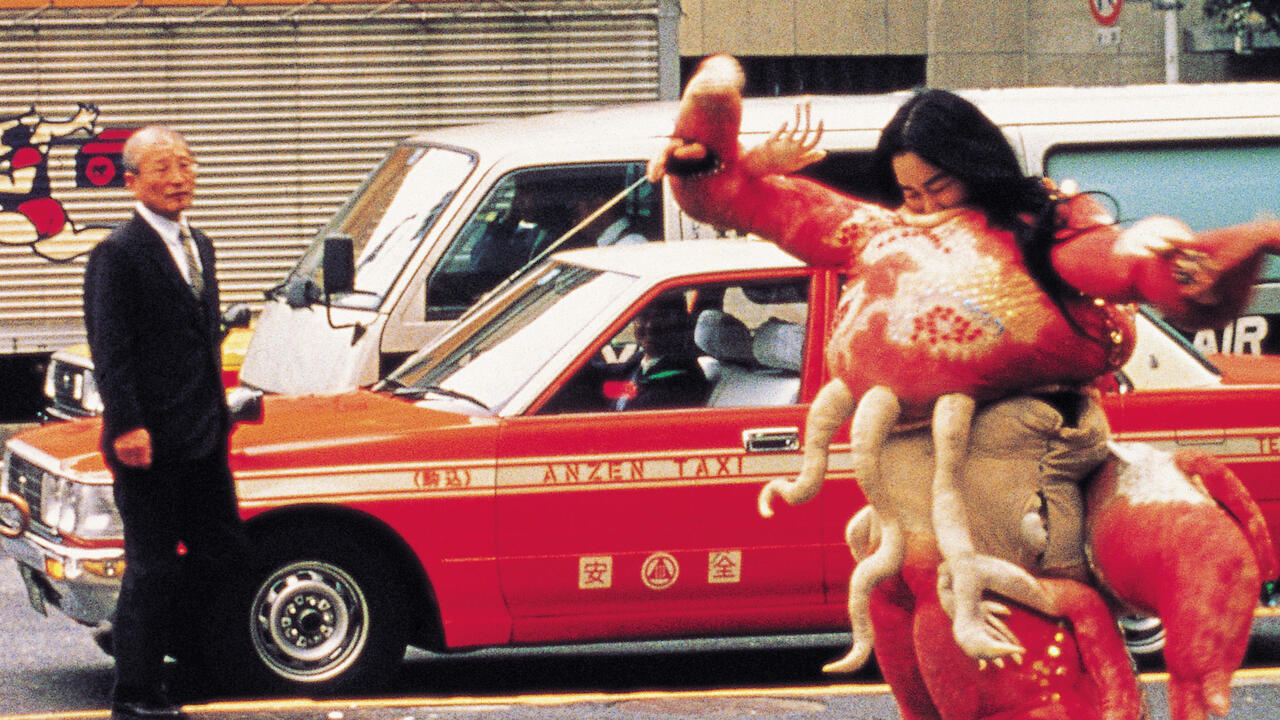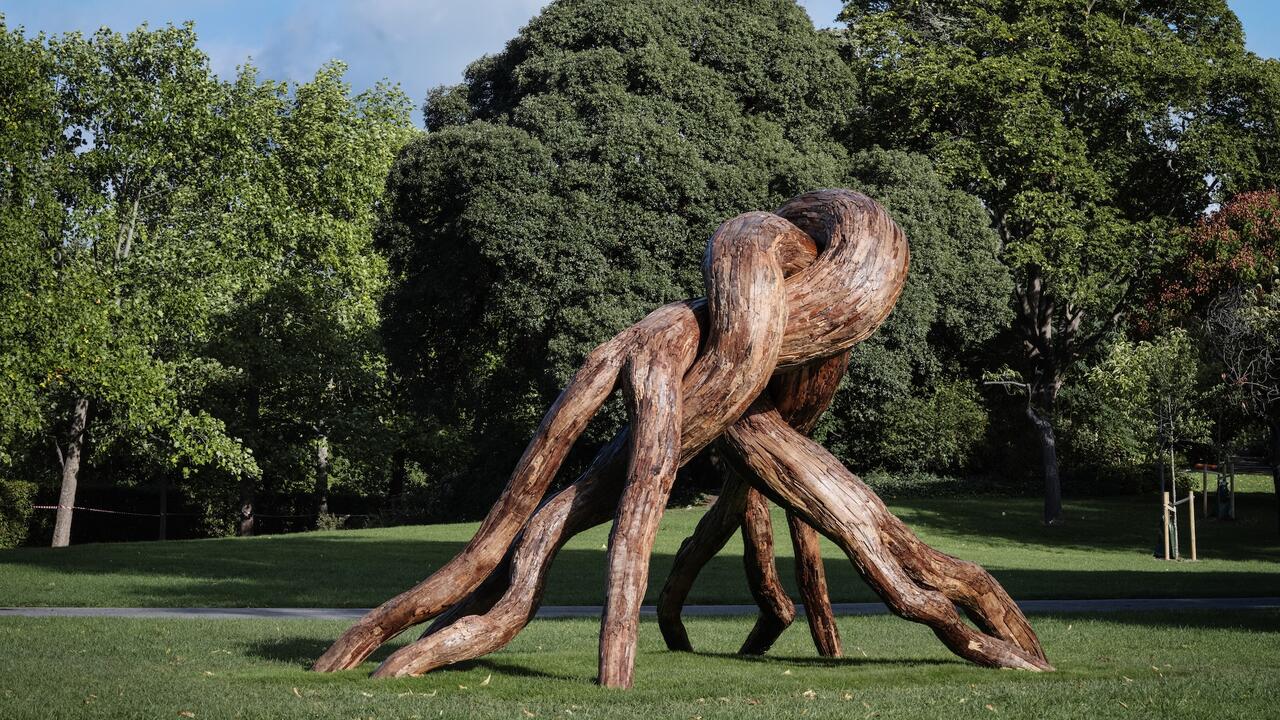Degenerate Art
Neue Galerie, New York, USA
Neue Galerie, New York, USA

Before walking down 86th street to the Neue Galerie, I reclined in a Marcel Breuer ‘Wassily’ chair, following a quick workout at the New York Sports Club. That a piece of furniture might evince an ideological Weltanschauung (and a ‘degenerate’ one at that) seems something of a stretch in this day and age. Finding Breuer’s chair again a few blocks away, amidst objects on display at the Neue Galerie – set alongside works by Paul Klee and Wassily Kandinsky – made vivid the stakes of aesthetic form in Hitler’s Germany, in which modernism could not declare too eagerly its unreconstructed modernity.
‘Degenerate Art: The Attack on Modern Art in Nazi Germany’ commemorated the ‘Entartete Kunst’ (Degenerate Art) exhibition held by the Nazi government in 1937, featuring nearly 700 paintings, sculptures and other modernist works – all confiscated from German collections and institutions. Inaugurated in Munich before travelling to other German cities, the 1937 exhibition attracted more than 2,000,000 visitors: far more than visited the contemporaneous ‘Große deutsche Kunstausstellung’ (the ‘Greater German Art Exhibition’ of state-sponsored work), and still the biggest crowd recorded for any exhibition in modern Germany. The quotation marks around the word ‘Art’ on the exhibition’s pamphlet underscored the uncertain ontology of its objects: considered closer to the scrawlings of the child, the mentally ill or the primitive. Obsessed with racial determinism, party theorists like Alfred Rosenberg ascribed modernist forms more explicitly to Bolshevik and especially Jewish origin. The works on display were summarily destroyed or disappeared, like a pathogen cleansed from the body politic.
Los Angeles County Museum of Art’s prodigious 1991 exhibition, ‘“Degenerate Art”: The Fate of the Avant-Garde in Nazi Germany’, left some big proverbial shoes for the Neue Galerie to fill. The relatively discreet size of the 5th Avenue space obviated the scale of the former exhibition, which – along with a meticulous reprinting of original documentation – conjured up the forensic precision with which works were proffered as proof of cultural and racial decadence. Still, the Neue Galerie exhibition received a timely impetus from the recent recovery of 1,280 works from the Munich apartment of Cornelius Gurlitt – son of the Nazi’s favoured art dealer Hildebrand Gurlitt and clandestine arbiter of images long thought lost to history. Even the Neue, whose founder Ronald Lauder initiated the Commission for Art Recovery affiliated with the World Jewish Congress, has found itself at the centre of related inquests; the gallery was subpoenaed in 2005 in relation to Egon Schiele works claimed to have been looted.

The 1937 exhibition formed a literal clearing house of European modernism between the World Wars, from expressionism and cubism, to dada and the Bauhaus – the lion’s share by Germans, but with notable artists from abroad (Marc Chagall, Paul Klee, Jean Metzinger and Piet Mondrian among others) figuring as well. Interestingly, evidence exists that the public reaction was not one of uniform disdain, but in fact quite ambivalent. The Neue show was thus obliged to negotiate between the current aesthetic interest of these works, and reconjuring something of their execration under Nazi rule. Behind several works in the first room loomed a reproduction of Iwao Yamawaki’s 1932 photomontage, The Attack on the Bauhaus, depicting Weimar art students prostrate to marauding Nazi officials. Rounding out a room dedicated to single artists like Alexej Jawlensky, Klee and Emil Nolde (first supported and then denounced by the regime), a substantial selection of original pamphlets and books lent context and nuance. Works by artists persecuted under Nazi rule appear mixed in with pieces actually recovered from the original ‘Entartete Kunst’ exhibition, identified by their Nazi inventory numbers.
Of the latter, Karl Schmidt-Rottluff’s angular woodcuts dedicated to the life of Christ were hung against a blown-up photograph of the Dresden cityscape; across the gallery, a matching image of the bombed-out city centre from 1945 formed the backdrop for the remaining prints. One hallway similarly featured a large photograph of the exhibition’s façade in Hamburg, facing an image of Jews being deported to Auschwitz. Along the same corridor, a poster by Oskar Kokoschka (displayed in the original show) squared off against a 1933 poster for the Nazi SA. The show made a strong case for the consequences of Kulturkampf: the violent upshot of a cultural rhetoric of hate and ridicule (of particular relevance to our post–9/11 American era). Its manoeuvres to that end seemed a bit heavy-handed, however, and what the exhibition lacked in space, it attempted to recover with too-quick pathos.
Adolf Ziegler’s triptych of Nazi kitsch, The Four Elements (1937) hung next to Max Beckmann’s very different three-panel painting, Departure (1932–35) – a straightforward juxtaposition of reactionary banality next to modernist valour. More unwittingly poignant, I think, was the same room’s inclusion of Udo Wendel’s The Art Magazine (1940) – a painting exhibited at the ‘Große deutsche Kunstausstellung’, which, even in its academic realism, evokes something of the neue Sachlichkeit (new objectivity) style practiced by Otto Dix, George Grosz and other ‘degenerate’ artists. The prevalence of that suspected degeneracy was evoked – this time with chilling, distressing understatement – in the exhibition’s concluding room, set off the main hall of the second floor. Here, paintings by Ernst Kirchner, Felix Nussbaum and others hung alongside numerous empty frames. These represented all that remains – aside from the odd photographic reproduction – of works expressly destroyed by the Nazis. Gaping holes, where paintings should be, speak hauntingly, especially in their silence.
























